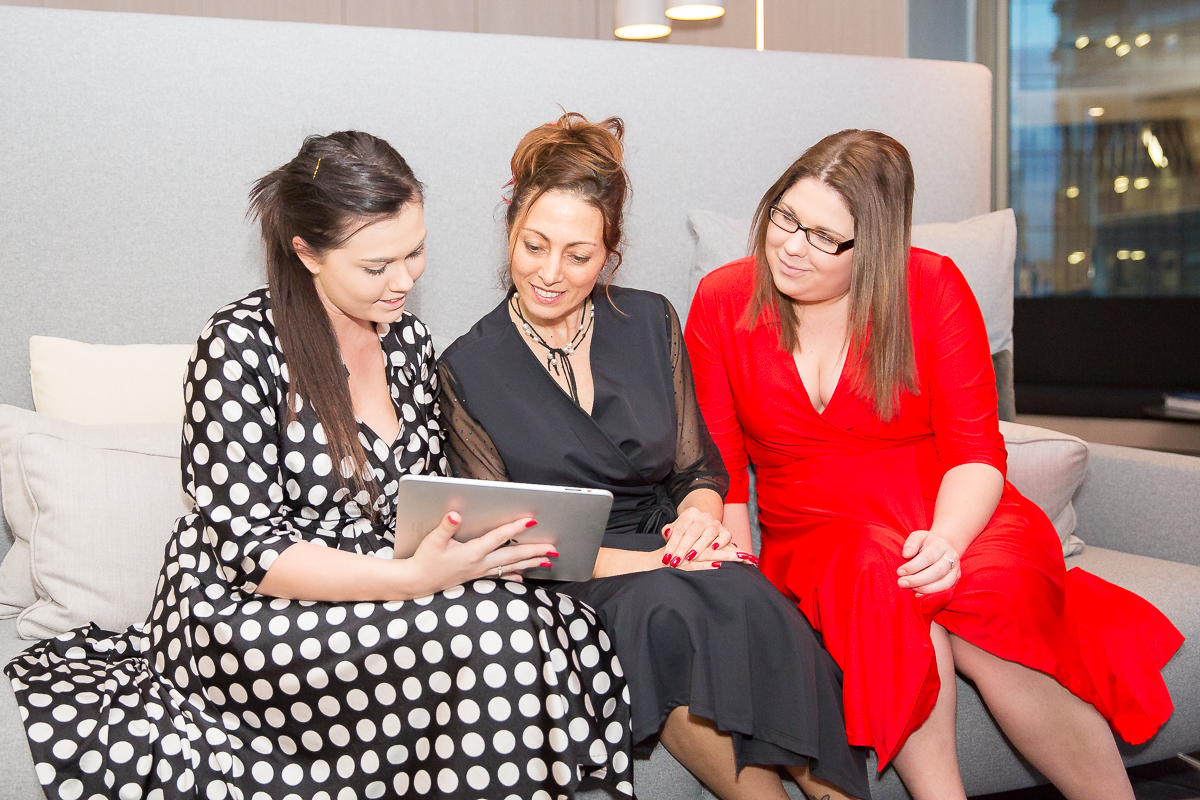Brand + Business x Christine Moody*

I have always been a self-starter, what people now call an entrepreneur. I was running my own businesses before I even graduated from university. Still, I remember being very nervous about launching my first ‘real’ company the year after I graduated.
My father asked me, “What’s the worst thing that can happen?” When I shrugged my shoulders he answered, “You fail and have to go and work for someone, but think of all the experience you will have!”
That was the start of my journey into the business world.
Over thirty years later, and I am still working away on different and varied projects.
Being an entrepreneur makes life very interesting. Over the years, I have been involved in many varied businesses. I love the thrill the start up and seeing the vision come to life. It’s sort of like having a lab where you can play away without having to answer to anyone!
Being an entrepreneur makes life
very interesting.
A couple of years ago, I launched a fashion start up “The Wrap Dress” to distract me during a very stressful time. I wanted to see how far the idea of the wrap dresses could go as a business and in doing so, saved my sanity.
The concept for the start up grew from a corporate sewing group affectionately known as ‘Stitch ’n’ Bitch’! I made my first Wrap Dress in the group as a versatile staple that I could dress up or down for any occasion. I wanted a dress that could get me out the door faster, and still look and feel as fresh and crisp at the end of the day as I did at the start—something that would have me looking and feeling good, wherever my day took me.
I chose the Wrap Dress style for its simplicity and versatility, and something that would perfectly suit the busy, outgoing women in our group. I also chose a stretch fabric that I later discovered was typically used in swimwear.
It turned out that the dress perfectly suited the everyday/everywhere/everybody style of garment. I kept refining the design and make, ending up with a beautiful, comfortable, durable, versatile Wrap Dress. Then a friend wanted one. Then another. Then friends of friends, then people I’d never met. I was wrapped in a great idea and felt it had the potential as a business.
Launching the start up gave me a great opportunity to explore the design and manufacturing processes as well as work collaboratively with textile fabric suppliers, pattern makers, sewers, and logistics. All fields that I knew nothing about. Due to my naivety in the field, I had to ask so many questions and people were so willing to help me and to guide me in the right direction!
While completing my Masters Research thesis last year meant putting the dresses aside for a few months, I am once again onto ‘Project: The Wrap Dress’. I want to see how far I can push this business and to see how much I can learn along the way.
How you can apply innovation to your organisation
When I was at D.School (Stanford University), I spoke to Claudia Kotchka about her time as VP at Procter & Gamble (P&G). I wanted to know how she was able to focus such a large organisation, with thousands of products and thousands of employees, on innovation. Claudia told me, “One product at a time.”
Claudia didn’t try and change everything at P&G at once. Instead, she started slowly and built the organisation’s confidence in innovation. There were several reasons why Claudia was so successful:
> Claudia had direct access to the Executive Chairman and Board
> She created a non-competing innovation group that included other innovative organisations such as 3M
> She started with a product team that understood that they had to change how things were done
> Case studies were presented to the organisation so they could see what the potential for the future.
From my experience, innovation is not a one-off thing, it is a way of thinking and a way of ensuring that your organisation is constantly evolving and innovating. Sometimes things don’t work out, but the ‘learnings’ can be brought to the next project.
What innovative project are going to start working on today?
*Christine Moody is one of Australia’s leading brand strategists and the founder brand management consultancy, Brand Audits. With more than 30 years’ professional experience, Christine has helped a diverse client base of local and international brands, including Gold Coast City Council, Hilton Hotels, and Wrigleys USA, to develop, protect and achieve brand differentiation. Her particular interest is personal brand audits to assist executives realise their full potential.
For more information: chris.moody@brandaudits.com.au or +61 419 888 468.
Also see TheWrapDress.com.au









